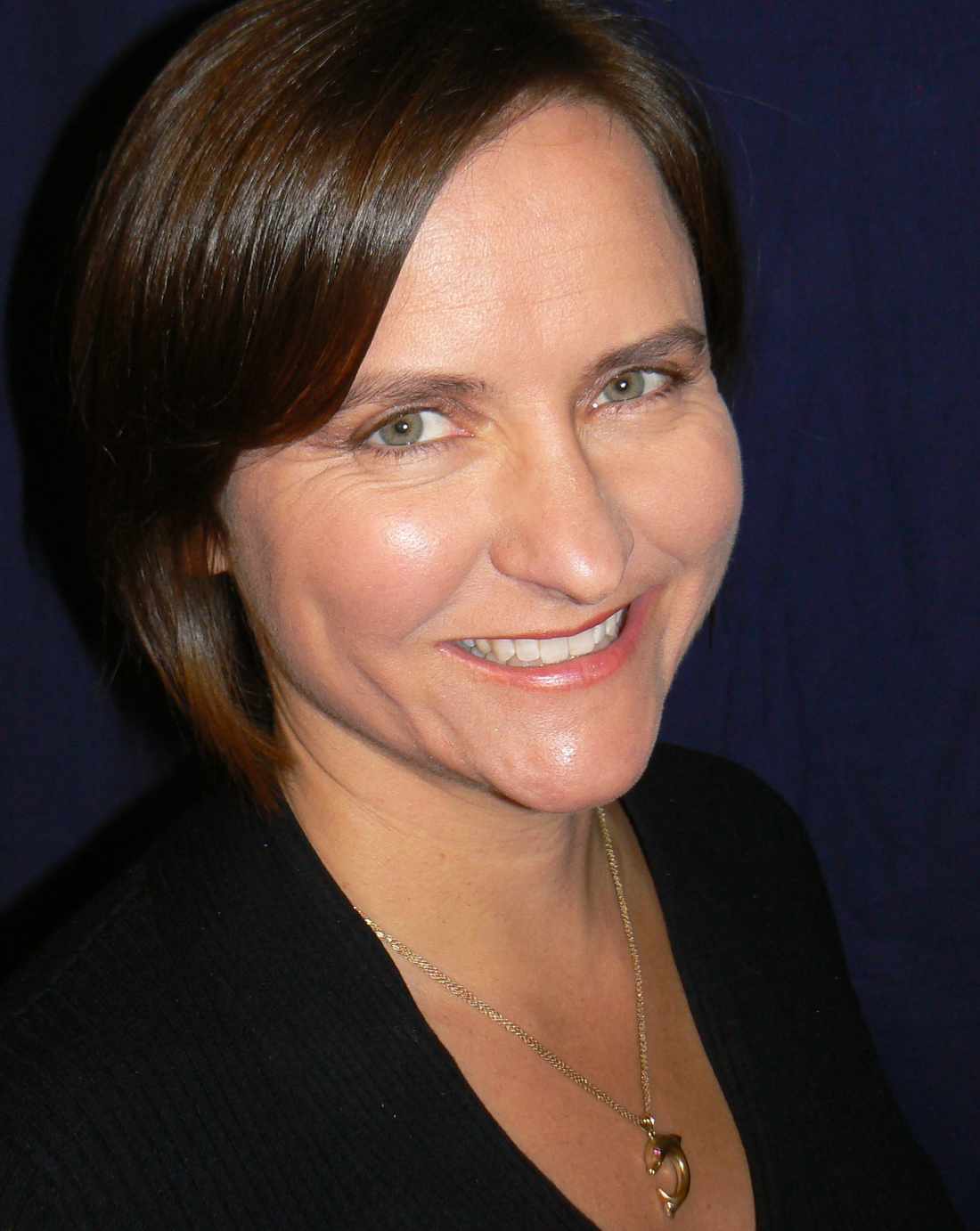Benefits of Bio-Mechanical Stimulation Massage

The benefits of bio-mechanical stimulation massage are many. Apart from reducing muscle tension, it increases neurological excitation, reduces inflammation and improves blood flow. It also decreases depression and stress. Here are a few of most common bio-mechanical stimulation massage benefits. Bio-mechanical stimulation is an excellent method to ease chronic pain. It also improves blood circulation and lessens inflammation. It also helps to prevent painful conditions such as tendonitis, osteoporosis, rheumatoid and rheumatoid arthritis.
The flow of blood increases
While the primary benefit of massage using biomechanical techniques is the increase in blood flow, this effect isn't so obvious as it may initially appear. Massage also has other effects on the body, as well as the increase in blood flow. Massage can raise the temperature of the skin and trigger hyperaemia superficially. 남양주출장 The capillaries of the skin respond to the force of the massage and dilate. Additionally, when massage is applied to the skin it is possible that blood that normally circulate through the muscles is directed to the skin.
Reduces tension in muscles
Biomechanical stimulation massage therapy offers numerous benefits that aid in reducing muscle tension. It assists in relieving muscles spasms, improve the flow of lymphatic fluid and blood circulation, and decreases stress levels. It improves posture and decreases muscle soreness. Bio-mechanical stimulation massage restores hormonal balance. The body naturally produces hormones and regulates many physiological functions, like inflammation and pain. The body's natural hormones are affected by environmental factors like pollution, stress and even. Bio-mechanical stimulation massage isn't just beneficial in recovering from injuries but also reduces muscle spasms and increases blood flow.
Increases neurological excitability
The effects of massage utilizing bio-mechanical stimulation (BMS) on neuromuscular excitability, remain unknown but it is believed that it can decrease muscle tension, enhance well-being and improve athletic performance. Massage can reduce neuromuscular excitability via the process known as post-activation potentiation. The way that massage reduces neuromuscular excitability may involve stimulation of muscle mechanoreceptors as well as relaxation of muscles. Additionally, massage may reduce tension or muscle spasms following exercise. Further research is needed to prove the connection between massage and neuromuscular exudability.
Reduces the muscle pain
Bio-mechanical stimulation massage helps in healing and muscle pain, tension relief, and soreness in the muscles. This therapy is usually part of a complete treatment program. It helps alleviate pain and reduce injuries to muscles. Bio-mechanical stimulation massages can be beneficial for those suffering from chronic pains and aches.

The number of satellite cells increases
Recent research has shown that massages that stimulate biomechanically increase the amount of satellite cells found in the skeletal muscle. Satellite cells are mechanosensitive cells which react to the changes that occur in their particular environment. They are tethered to the extracellular matrix by a dystrophin-associated glycoprotein complex. Satellite cell numbers could be affected by changes to the extracellular matrix or mechanical characteristics of muscles. Massage can increase the number of satellite cells.
Increases the number of M1 macrophages
Alongside their anti-inflammatory capabilities, macrophages have high plasticity, which makes them prone to phenotype changes like the conversion of M1 to M2. This can lead to either an anti-inflammatory or pro-inflammatory state. There are a variety of ways to regulate the inflammation response. They include decreasing neutrophilic response and increasing M1 macrophages.
Helps prevent further injury
A recent study conducted by researchers at Colorado State University and The University of Kentucky suggests that bio-mechanical stimulation or a form of massage could help prevent further injuries by increasing the amount of satellite cells that reside in the muscles. The study also suggests that mechanical stimulation can induce changes in the phenotypes of M1 macrophages, which transform into anti-inflammatory macrophages. Furthermore, this alteration in signaling could enhance the body's response to rehabilitation.
